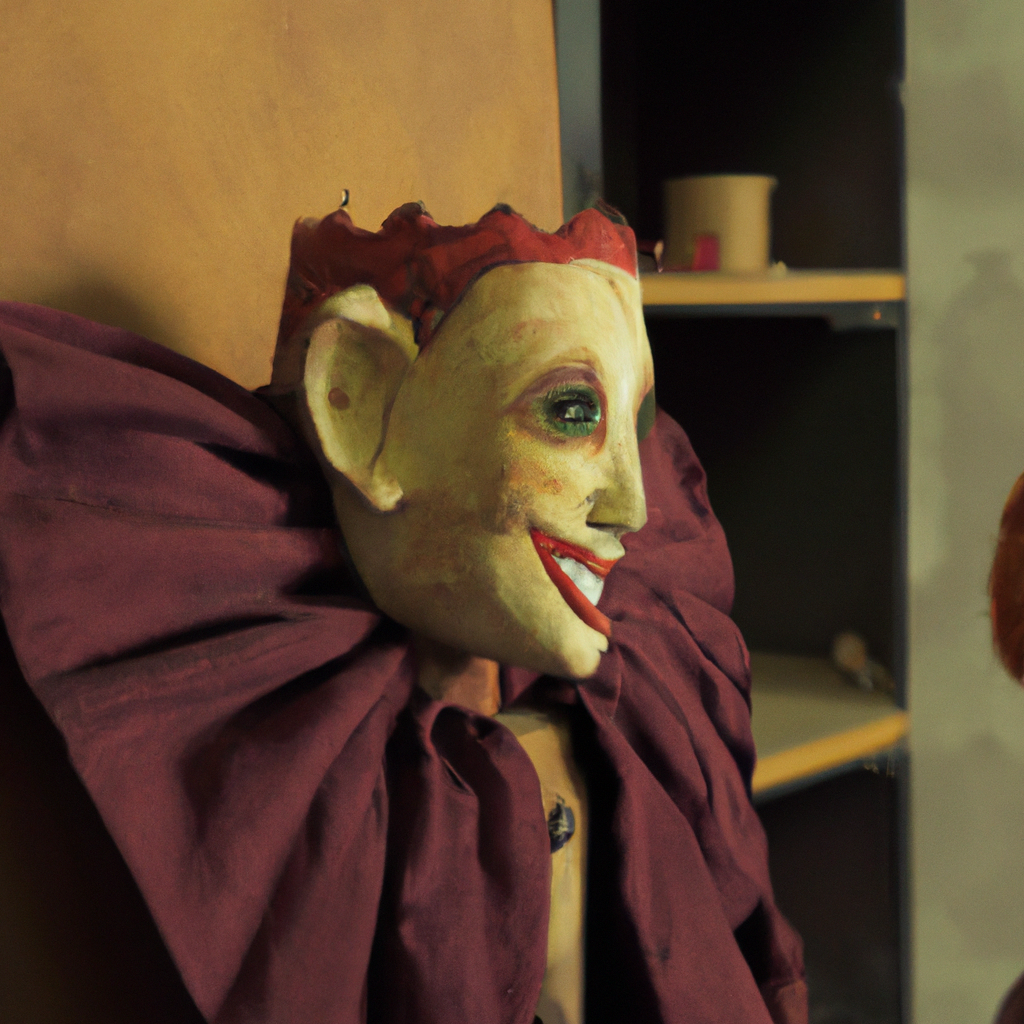Marionette puppets are an enchanting and unique form of puppetry that has been around for centuries. They are known for their intricate designs, lifelike movements, and ability to captivate audiences of all ages. But what is the art and process of creating marionette puppets? In this article, we will explore the world of puppet making, from puppet design to marionette creation and the skills required of a puppeteer.
Puppetry as an Art Form
Puppetry is an art form that has been around for centuries, dating back to ancient civilizations. It involves the use of puppets to tell stories, entertain audiences, and convey messages. Puppetry is a versatile art form that comes in many different styles, including hand puppets, shadow puppets, marionettes, and more.
Puppet Making
Puppet making is the process of creating puppets from scratch. It involves designing, sculpting, and fabricating the puppet’s body, head, and limbs. Puppet makers use a variety of materials to create puppets, including wood, foam, fabric, and more. The materials used depend on the type of puppet being made and the desired effect.
Puppet Art and Design
Puppet art and design are essential components of puppetry. The design of a puppet determines its appearance, movement, and overall effectiveness. The art of puppet design involves creating a puppet’s character, personality, and physical features. Puppet designers must consider factors such as the puppet’s size, weight, and balance, as well as the materials used to create it.
Marionette Creation
Marionette creation is the process of making marionette puppets, also known as string puppets or wooden puppets. Marionettes are unique puppets that are operated by strings or wires. They are known for their lifelike movements and ability to convey subtle emotions and actions.
The process of creating a marionette puppet involves several steps. First, the puppet maker designs the puppet’s body, head, and limbs. The design must be carefully crafted to ensure that the puppet’s movements are fluid and lifelike. Once the design is complete, the puppet maker begins sculpting the puppet’s body and head from wood or other materials.
Next, the puppet maker crafts the puppet’s joints and attaches them to the body. This allows the puppet to move its arms, legs, and head. The puppet maker then adds strings or wires to the puppet’s joints, which are used to control its movements.
Finally, the puppet maker adds the finishing touches to the puppet, such as painting or dressing it in clothing. The result is a beautiful and unique marionette puppet that is ready to be operated by a skilled puppeteer.
Puppeteer Skills
Operating a marionette puppet requires skill and practice. Puppeteers must be able to manipulate the puppet’s strings or wires to create lifelike movements and convey emotions. They must also be able to coordinate the movements of the puppet’s limbs and body to create a seamless performance.
In addition to technical skills, puppeteers must also possess creativity, imagination, and a love of storytelling. They must be able to bring their puppets to life and create a connection with their audience.
Conclusion
The art and process of creating marionette puppets is a complex and fascinating world. It involves puppet making, puppet art and design, marionette creation, and puppeteer skills. The result is a beautiful and unique art form that has captivated audiences for centuries. Whether you are a puppet maker, puppeteer, or simply a lover of puppetry, marionette puppets offer a world of imagination and wonder.







